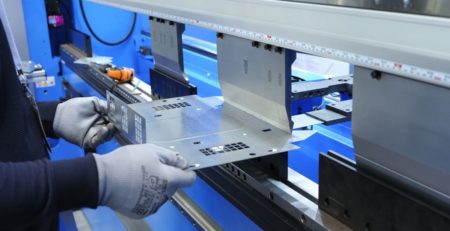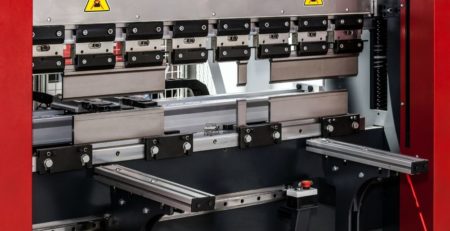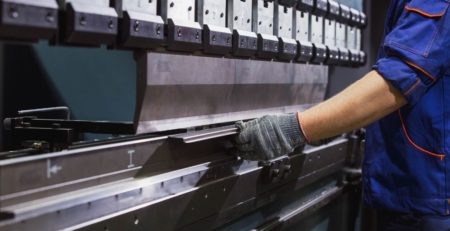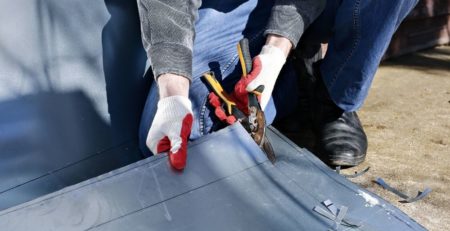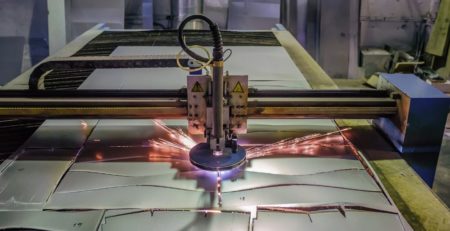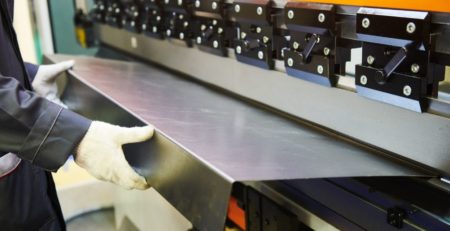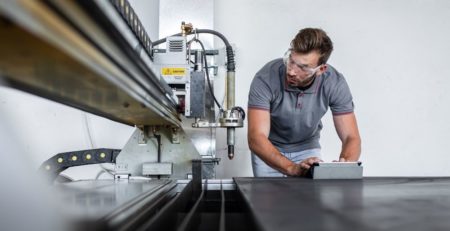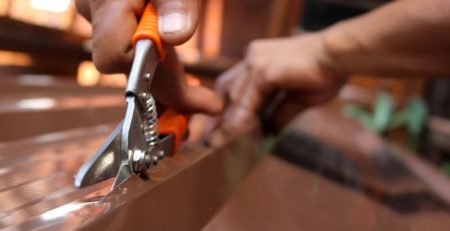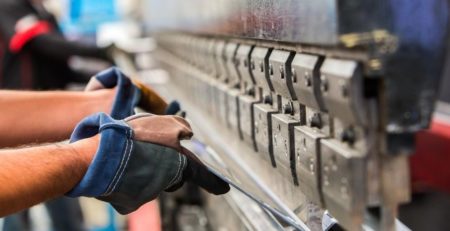The Fundamentals of Press Brake Maintenance
Press brakes are a vital machine that every metal fabrication shop should have. These machines increase a shop’s productivity, and thus, lead to high revenues. However, employees must service the device to prolong its life and ensure their safety during operation. Here are the fundamentals of press brake maintenance that every worker should know.
Check the Oil
Hydraulic oil is the backbone of every press brake. If you own a CNC hydraulic press brake, you must check the level of the oil and the oil’s quality if you want to extend the life of the machine. Insufficient oil levels create operational issues with the hydraulic pump faults. Conversely, pollution can cause damage to the pumping mechanism and lead to a loss of pressure. To prevent contamination, the tank cap seal and air breather must be in good condition, too. Air breathers allow for air to flow through into the reservoir as soon as the oil gets pumped into the cylinders. Thus, further preventing pollution. These examinations should be completed every 2,000 hours of operation to ensure things run smoothly. Workers should also check the filters for cleanliness, tank cap seals, and all the pumps to ensure there is adequate pressure.
Mechanical & Electrical Maintenance
Press brakes are incredibly complex tools with many moving parts. One of the fundamentals of press brake maintenance is to check all the electrical and mechanical components of the device. Check all the mechanical elements of the machine—moveable pieces of the device, such as back gauge ball bolts and the guide system, must be lubricated to guarantee the machine operates as it should. Parts that require weekly greasing are the guide systems of the rams, gear systems, and guiding and railing components.
Employees must also check over each electric component of the device to prolong its service life. Make sure to turn off the machine before you look over anything electric. Once the press brake is powered off, check to make sure all connections are tight and that there are no loose wires. All connections of every terminal strip, box, or relay must be looked over. Workers should also inspect every switch and fan to ensure proper usage.



